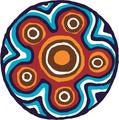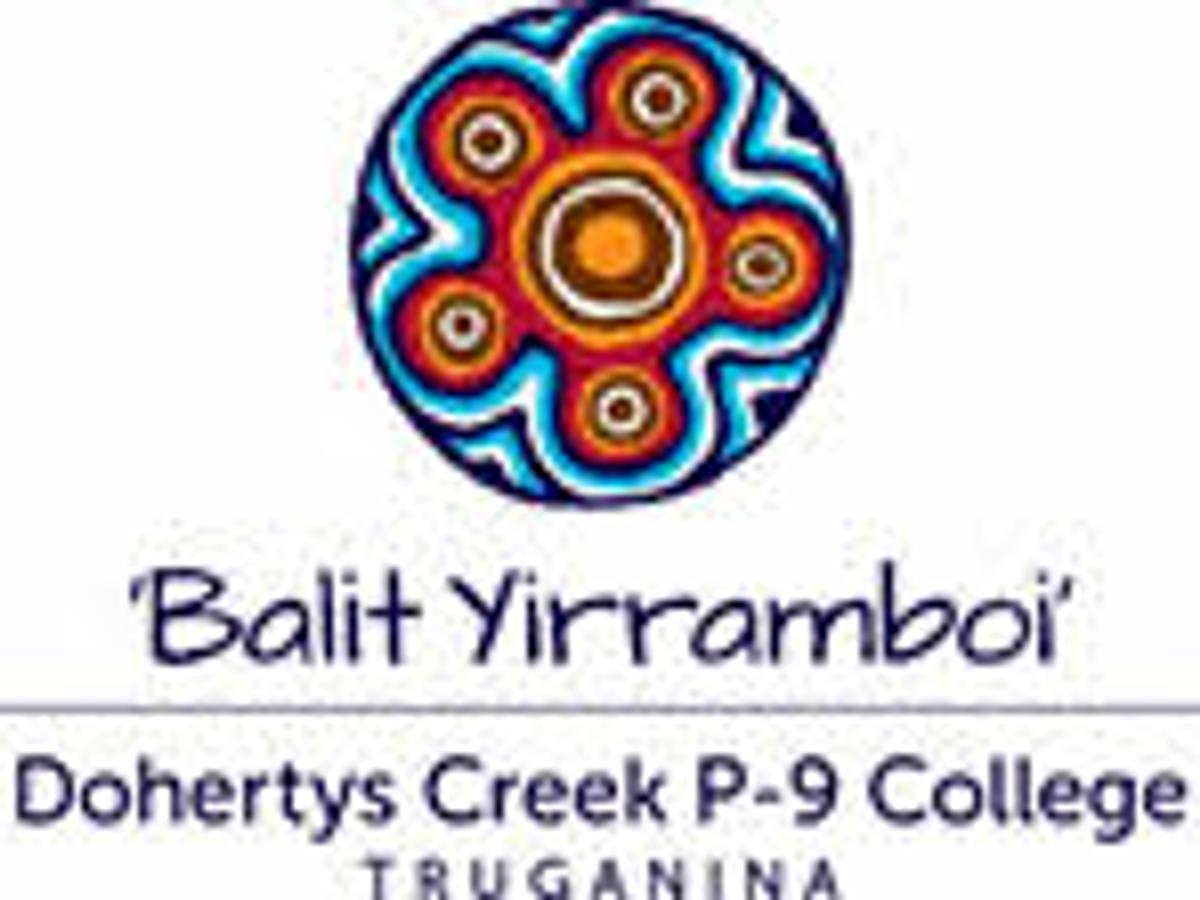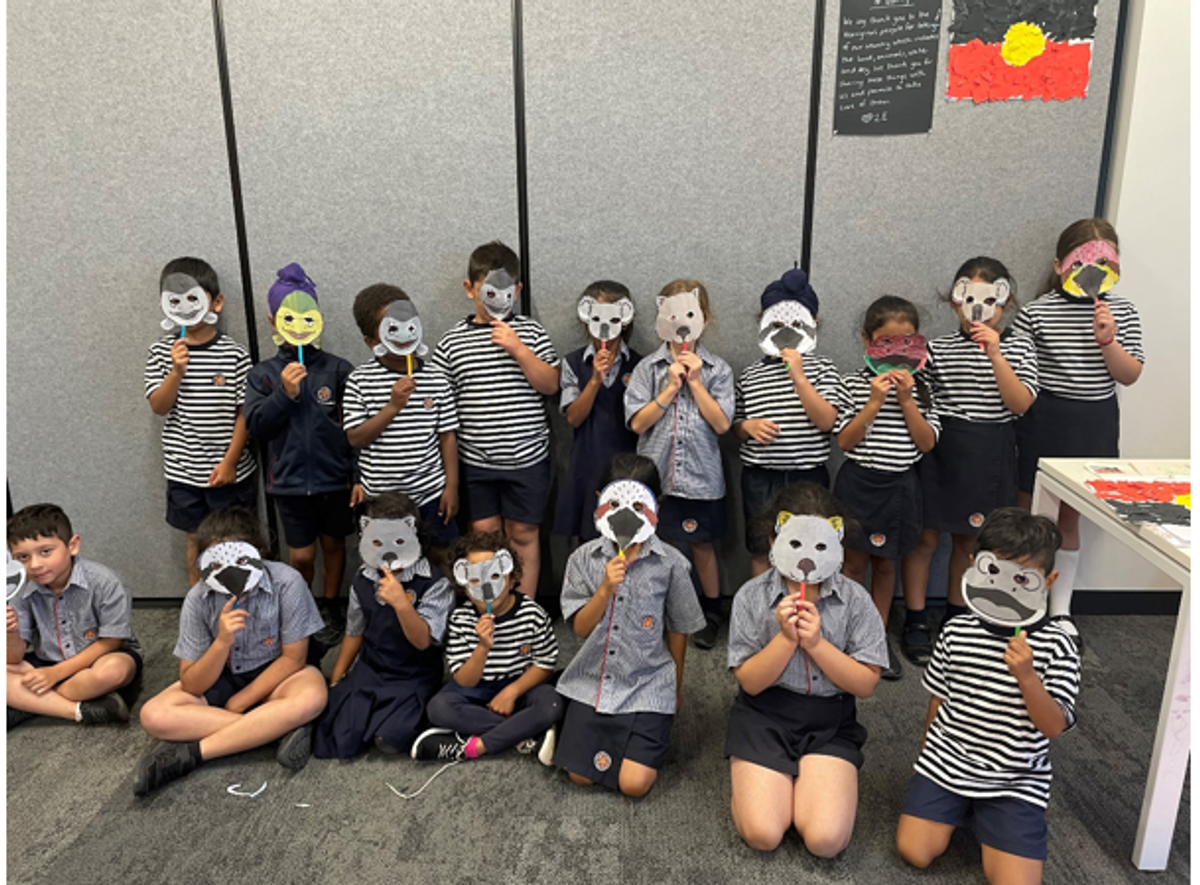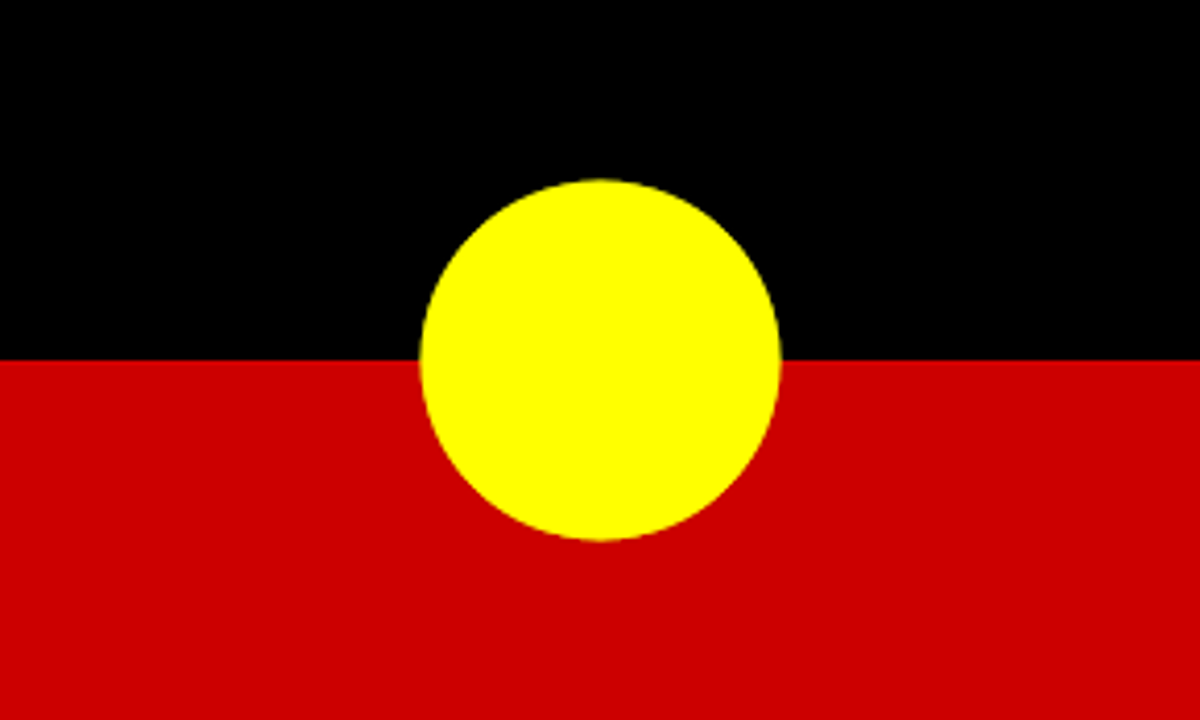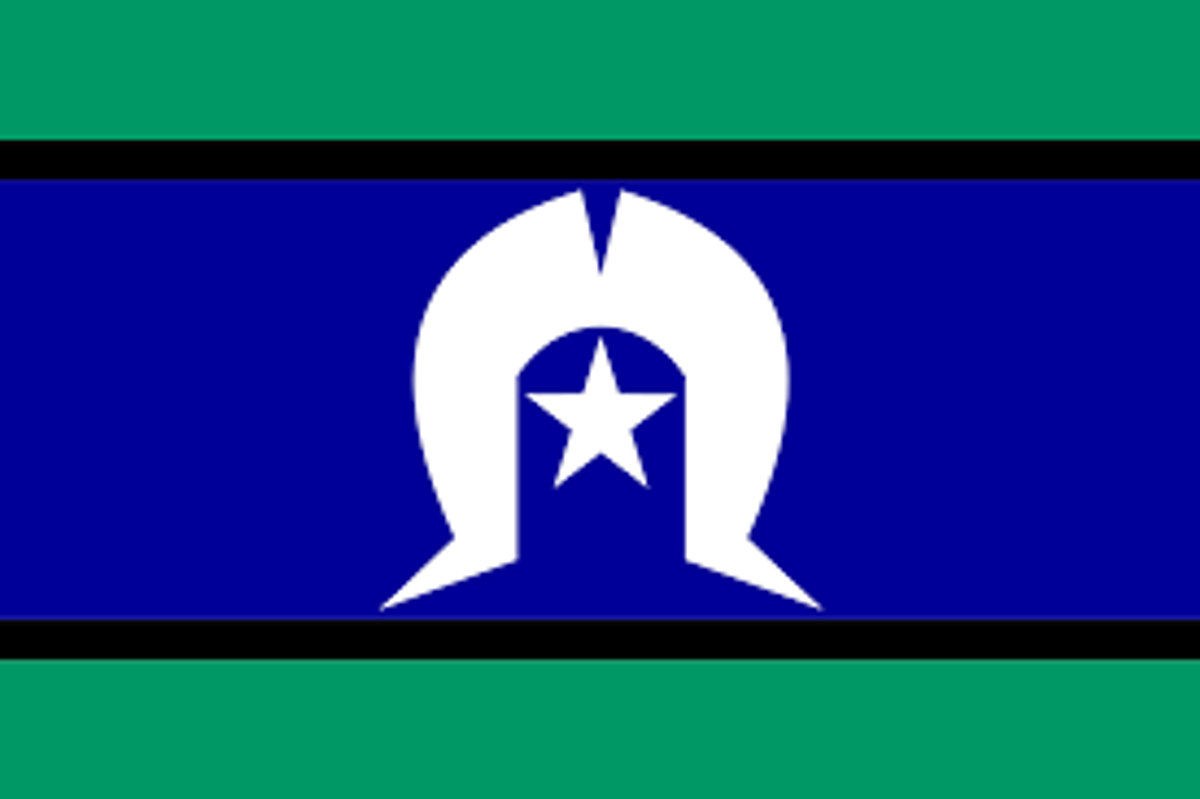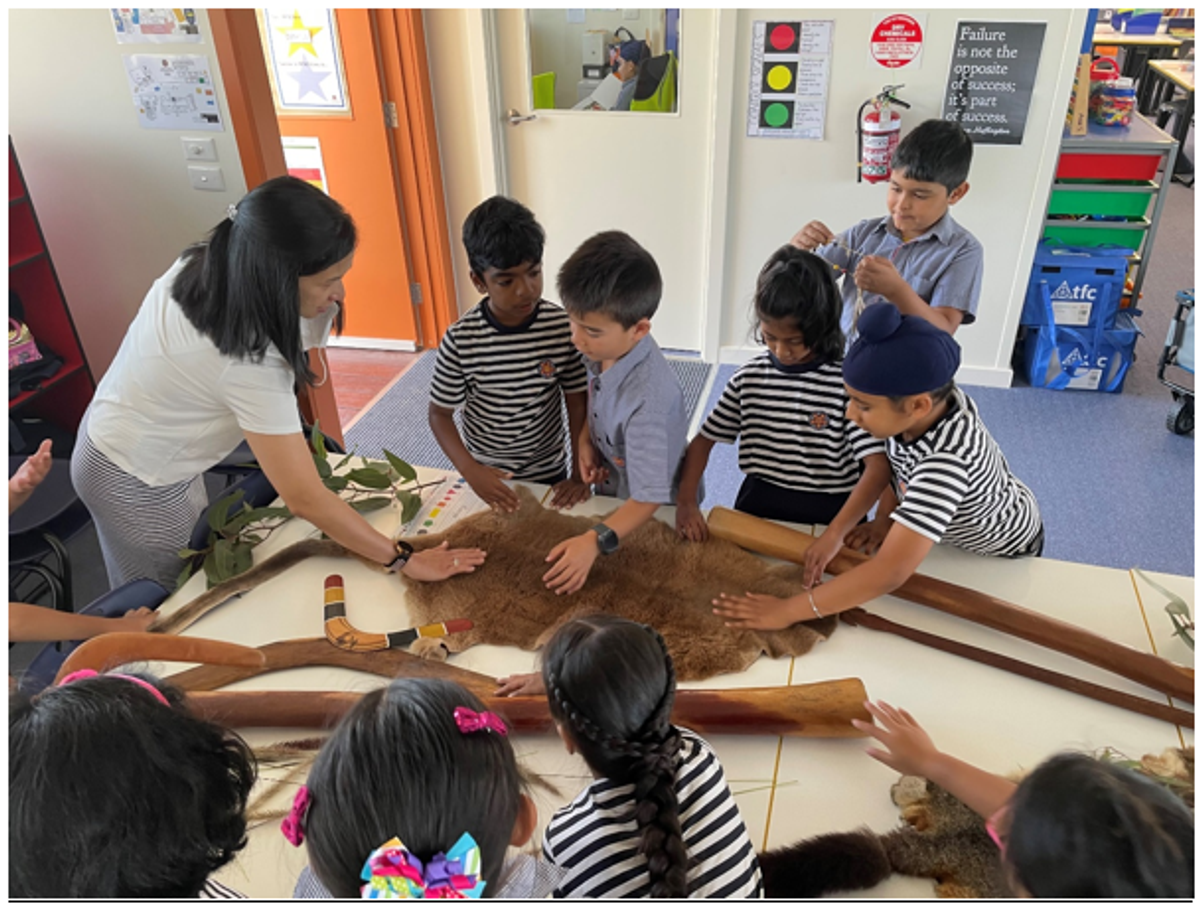Cultural Inclusion Program
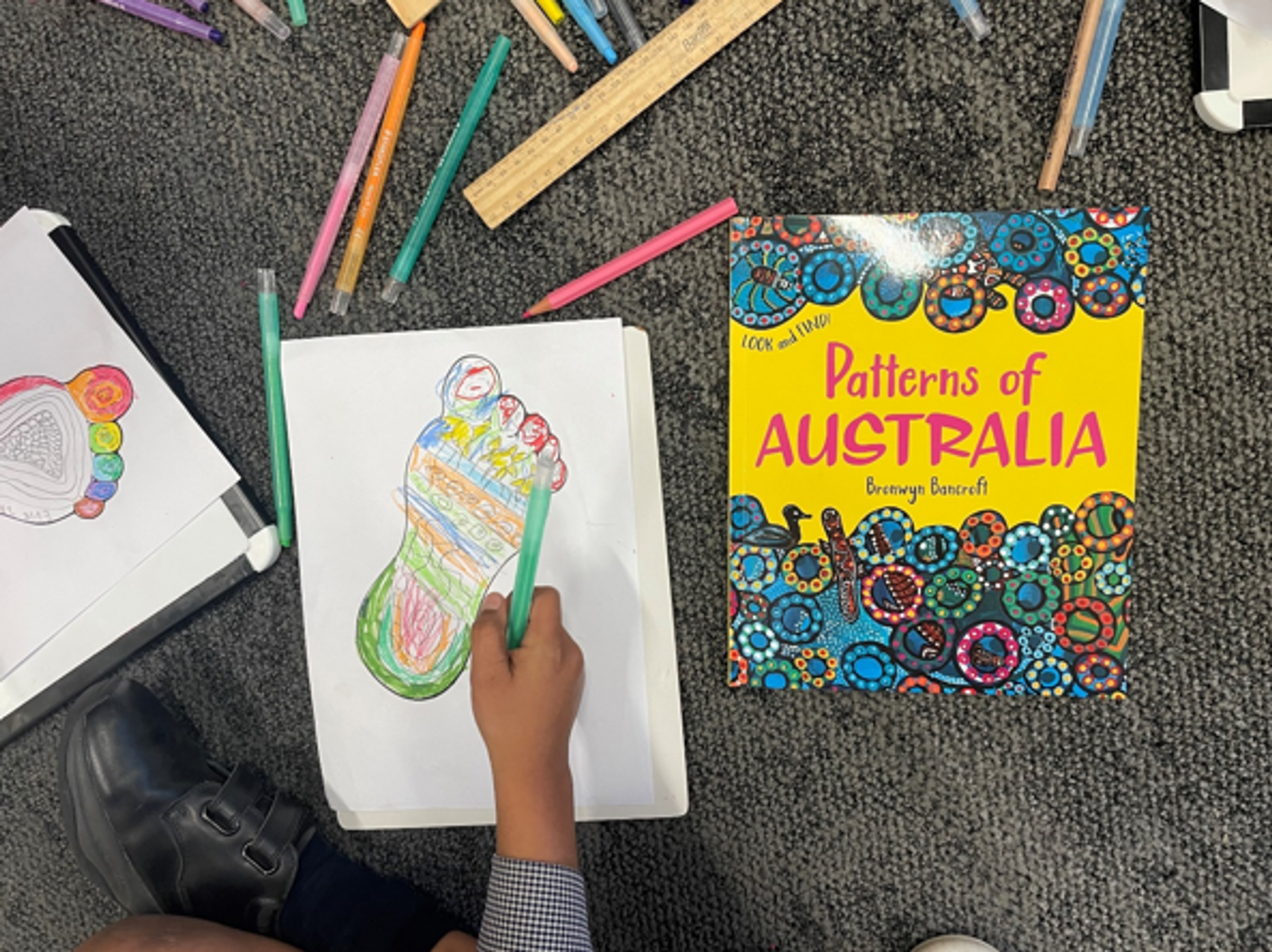
Newsletter Special Edition-Cultural Inclusion Program
Wominjerka – Welcome Balit Yirramboi – Strong tomorrow
Wominjeka - We are really proud for the program we have introduced this year- Our Cultural Inclusion program. Our children will have a strong understanding and knowledge about Australia’s history, culture and our First Nations people. I wish to thank Sarah, Gaye, Travis, Anne Maree and Melissa for all the work they have put into starting this innovative program. I hope you enjoy reading about this program.
Acknowledgement Of Country
Completed every morning in class: We acknowledge the traditional custodians of the land on which we live and work on and recognise the connection they continue to have with the land water and community and pay our respect to elder’s past, present and emerging.
Purpose of the program
The DDC P-9 Cultural Inclusion team get the opportunity to see each class for one day per term for an incursion experience to educate and expose them to Aboriginal culture through art, drama, dance, literacy, numeracy and discovery using the inquiry base model. We are currently working on a term to term document as we are allowing the program to develop and flourish for us to watch the journey unfold.
Term 1 Overview
Theme: Belonging – we pride ourselves on the fact that we provide a safe and open space where students can feel comfortable to speak their truth and not be judge and make connections with their own experiences and cultures.
Prep- We are learning to explore and talk about who are Our First Nations People. - artefacts, photos, videos, storiesYear 1/2 - We are learning to explore and talk about our First Nations People through dreamtime stories. - dreamtime stories Year 3/4- We are learning to explore and talk about First Nation People through language and music.Year 5/6 - We are learning to explore and talk about our First Nation People through symbols and the land.Team
Sarah Upton – proud Gunditjmara women
Melissa Baker – proud Torres strait Islander women
Aboriginal history
It is estimated that over 750,000 Aboriginal people inhabited the island continent in 1788. The colonists were led to believe that the land was terra nullius-no one's land, despite what Lt James Cook saw in 1770 during his voyage up the east coast of Australia. After European settlers arrived in 1788, thousands of aborigines died from diseases; colonists systematically killed many others. At first contact, there were over 250,000 aborigines in Australia. The massacres ended in the 1920 leaving no more than 60,000. Still till this day families of the stolen generations are still affected by this tragic event and aboriginal children are trying to break this intergenerational trauma to break a cycle and better their lives.
For more information: https://www.aboriginalheritage.org/history/history/
Cultural significant dates
13 February. Anniversary of National Apology Day
On 13 February 2008, Prime Minister Kevin Rudd delivered the National Apology to Australia’s Aboriginal peoples and Torres Strait Islander peoples for the injustices of past government policies, particularly to the Stolen Generations.
18 March. National Close the Gap Day
National Close the Gap Day is an annual event that raises awareness and seeks to close the gap with respect to life expectancy, child mortality, educational and employment outcomes between Aboriginal peoples and Torres Strait Islander peoples, and non-Indigenous Australians.
26 May. National Sorry Day
National Sorry Day provides an opportunity for people to come together and share the journey towards healing for the Stolen Generations, their families and communities.
27 May. 1967 Referendum
The 1967 Referendum was a landmark achievement following decades of activism by Aboriginal and Torres Strait Islander and non-Indigenous people, where more than 90 percent of Australians voted in favour of amending two sections of the Australian Constitution.
27 May 3 June. National Reconciliation Week
National Reconciliation Week celebrations commemorate two significant milestones in the reconciliation journey-the anniversaries of the successful 1967 Referendum and the High Court Mabo Decision
3 June. Mabo Day.One June 3 1992, the High Court of Australia overturned the principle of “terra nullius” or “nobody’s land” as claimed by the British when they first arrived in this country. The decision has paved the way for Native Title legislation.
4–11 July. NAIDOC Week
NAIDOC Week celebrations are held across Australia to celebrate history, culture and achievements of Aboriginal peoples and Torres Strait Islander peoples.
Flags
The Aboriginal flag
The symbolic meaning of the flag/colours: Black – represents the Aboriginal people of Australia. Yellow circle – represents the Sun, the giver of life and protector. Red – represents the red earth, the red ochre used in ceremonies and Aboriginal peoples' spiritual relation to the land.
The Torres Strait Islander flag
The Torres Strait Islander flag is a symbol of unity and identity for the Torres Strait Islander people, and illustrates the deep connections they have with the sea, islands and sky of the Torres Strait. ... Within the flag is a Dhari (a ceremonial headdress), and a five-pointed star.
School logo
Our logo was designed by a Wurundjeri lady- Deanne Gilson. It represents the Werribee and Yarra rivers using Wurundjeri wave symbols.
School building names
Djirri Djirri – Gym Wirrigirri - Library and Administration buildingNgarnga- Upper primary building Balam Balam- Portables
House Names- Successful Indigenous Women Athletes Nova Peris- Red House Cathy Freeman- Yellow House Evonne Goolagong- Green House Samantha Riley – Blue house
What is a treaty?
Calls for a treaty in Australia refer to a formal agreement between the government and Indigenous people that would have legal outcomes. A treaty in Australia could recognise Indigenous people's history and prior occupation of this land, as well as the injustices many have endured.
Calls for a treaty in Australia refer to a formal agreement between the government and Indigenous people that would have legal outcomes. A treaty in Australia could recognise Indigenous people's history and prior occupation of this land, as well as the injustices many have endured.
